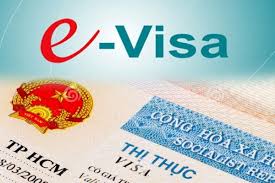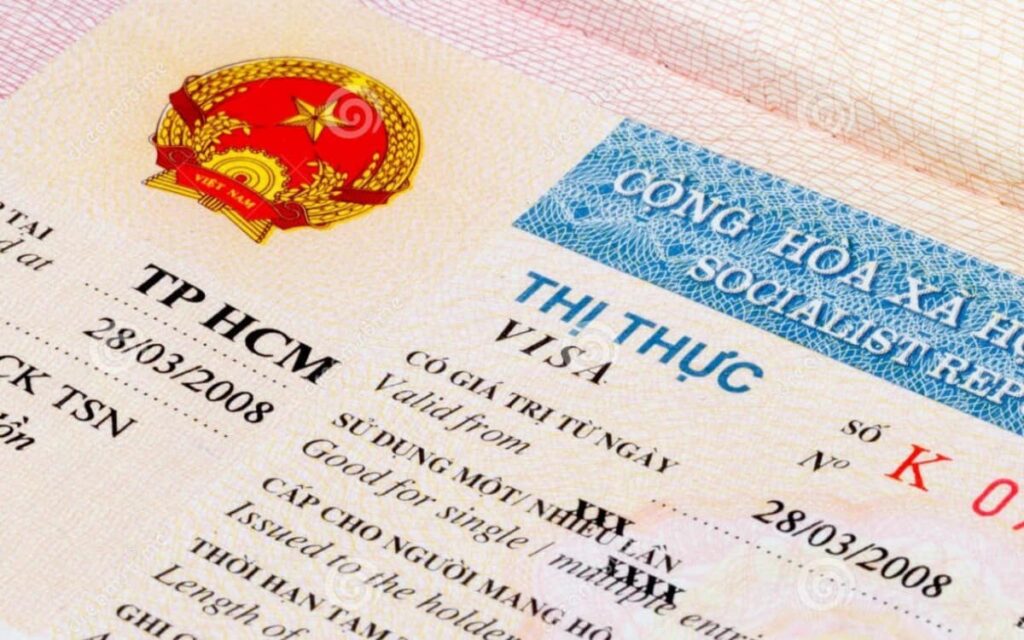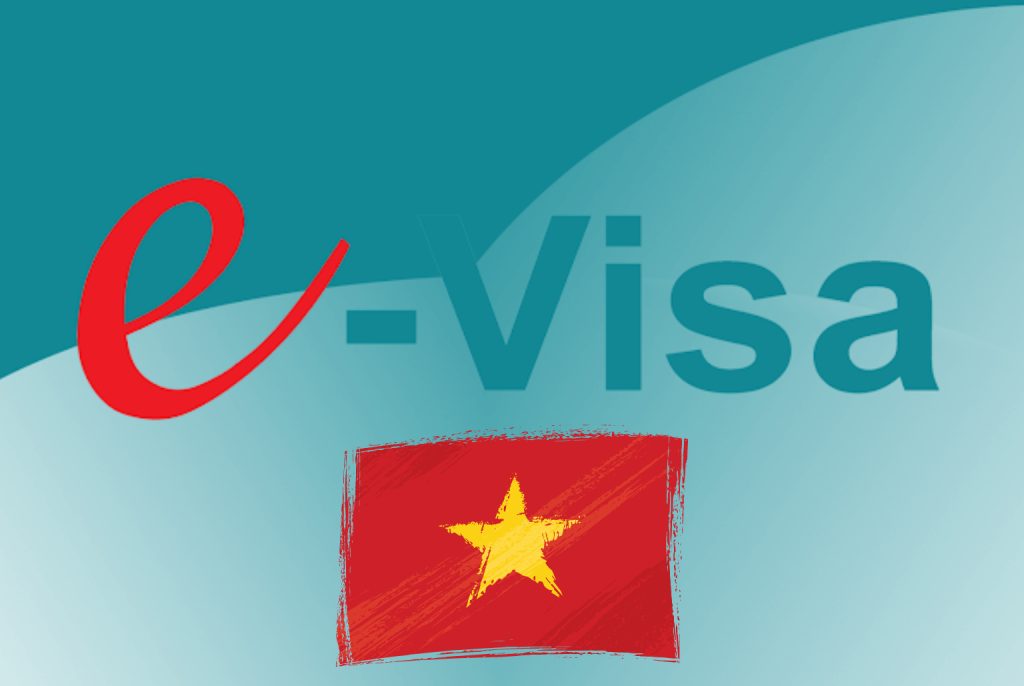Introduction
Vietnam has become an increasingly popular travel destination, thanks to its stunning landscapes, rich culture, and vibrant cities. If you’re planning to visit Vietnam in 2025, you might be wondering about the visa requirements. The Vietnam E-Visa is one of the easiest ways to enter the country legally. This guide will cover everything you need to know about obtaining a a Vietnam E-Visa 2025, including eligibility, application process, processing time, fees, and travel tips.
What Is the Vietnam E-Visa?
The Vietnam E-Visa is an electronic travel authorization issued by the Vietnamese Immigration Department that allows eligible travelers to enter the country for tourism, business, or transit purposes. It is a single-entry visa valid for up to 90 days, eliminating the need for a visa stamp upon arrival.
Key Features of the Vietnam E-Visa:
- Validity: 90 days, single-entry
- Application method: Online
- Processing time: 3-5 business days
- Accepted at: Airports, land borders, and seaports
- Eligible travelers: Over 80 nationalities
Who Is Eligible for a Vietnam E-Visa in 2025?
Vietnam has expanded its E-Visa program to accommodate more travelers. As of 2025, citizens from over 80 countries can apply for the Vietnam E-Visa. To check if your country is eligible, visit the official Vietnam Immigration website.
How to Apply for a Vietnam E-Visa
Applying for a Vietnam E-Visa is a straightforward process that can be completed online in a few simple steps:
Step 1: Gather Your Documents
Before starting your application, make sure you have:
- A passport valid for at least six months beyond your planned entry date
- A passport-sized digital photo (4×6 cm, white background)
- A scanned copy of your passport’s biographical page
- A valid email address for confirmation
- A credit/debit card for the visa fee payment
Step 2: Complete the Online Application
Go to the evisa website and fill out the application form with accurate details. You will need to:
- Provide your personal details (name, nationality, date of birth, passport number, etc.)
- Specify your intended entry and exit dates
- Choose your entry point (airport, land border, or seaport)
- Upload your passport photo and scanned passport page
Step 3: Pay the E-Visa Fee
The standard Vietnam E-Visa fee is $45 USD (non-refundable). Payment is made online using a credit or debit card.
Step 4: Wait for Processing
The processing time for the Vietnam E-Visa is typically 5 business days, but delays may occur during peak travel seasons. Once approved, you will receive an E-Visa approval letter via email.
Step 5: Print Your E-Visa and Travel to Vietnam
Upon approval, print a copy of your E-Visa and present it along with your passport at the immigration checkpoint when entering Vietnam.
Entry Points for Vietnam E-Visa Holders
The Vietnam E-Visa is accepted at various airports, land borders, and seaports:
Major International Airports:
- Noi Bai International Airport (Hanoi)
- Tan Son Nhat International Airport (Ho Chi Minh City)
- Da Nang International Airport (Da Nang)
- Cam Ranh International Airport (Nha Trang)
Land Border Crossings:
- Moc Bai (Cambodia)
- Lao Cai (China)
- Nam Can (Laos)
Seaports:
- Da Nang Seaport
- Nha Trang Seaport
- Vung Tau Seaport
Common Vietnam E-Visa Issues and How to Avoid Them
1. Incorrect Information on the Application
Ensure that all details on your application match your passport exactly. Any mistakes may result in visa rejection.
2. Delayed Processing
Apply at least one week in advance to account for any processing delays, especially during peak travel periods.
3. Expired Passport
Your passport must be valid for at least six months beyond your intended date of arrival in Vietnam.
Vietnam E-Visa vs. Visa on Arrival (VOA)
| Feature | Vietnam E-Visa | Visa on Arrival (VOA) |
|---|---|---|
| Application | Online | Approval letter online, stamp on arrival |
| Entry Type | Single-entry | Multiple-entry options available |
| Processing Time | 3-5 days | Approval letter within 2-3 days |
| Accepted At | Airports, land borders, seaports | Airports only |
| Fee | $45 USD | $45-$50 USD + stamping fee |
The Vietnam E-Visa is more convenient for travelers who meet the eligibility criteria, as it eliminates the need for additional paperwork or waiting in line upon arrival.
Travel Tips for Vietnam in 2025
- Currency: The Vietnamese Dong (VND) is the official currency. Some places accept USD, but it’s best to use local currency.
- Weather: The best time to visit is from November to April when the weather is cooler and drier.
- Transportation: Use Grab (a ride-hailing app) for taxis, and consider renting a motorbike for short trips.
- Local Etiquette: Dress modestly when visiting temples, and always remove your shoes before entering someone’s home.
- Health & Safety: Drink bottled water and be cautious with street food if you have a sensitive stomach.
Conclusion
The Vietnam E-Visa is the easiest and most efficient way to enter Vietnam for short-term visits. By following the correct application process and preparing your documents in advance, you can enjoy a hassle-free trip to this beautiful country. Plan ahead, check your eligibility, and apply online for a smooth travel experience in 2025!



